Before I go to buy a Plasma or LCD I need help!
peaches12345
16 years ago
Related Stories

EXTERIORSHelp! What Color Should I Paint My House Exterior?
Real homeowners get real help in choosing paint palettes. Bonus: 3 tips for everyone on picking exterior colors
Full Story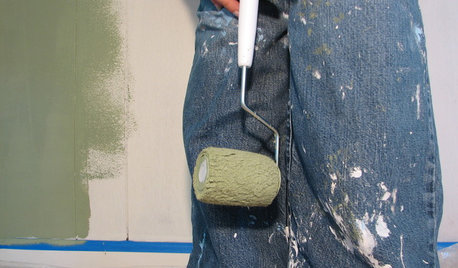
PAINTINGHelp! I Spilled Paint on My Clothes — Now What?
If you’ve spattered paint on your favorite jeans, here’s what to do next
Full Story
GARDENING GUIDESMake Sure You Read This Before Buying New Plants
Follow these 10 plant-selection tips to avoid buyer’s remorse
Full Story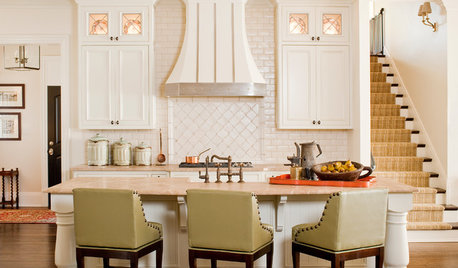
FURNITUREWhat to Know Before Buying Bar Stools
Learn about bar stool types, heights and the one key feature that will make your life a whole lot easier
Full Story
FURNITUREWhat to Know Before You Buy a Sectional
Learn about sizes, arm setups, seat types and more to get the right sectional for your space
Full Story
PETSWhat You Need to Know Before Buying Chicks
Ordering chicks for your backyard coop? Easy. But caring for them requires planning and foresight. Here's what to do
Full Story
GARDENING AND LANDSCAPINGWhat to Know Before You Buy Teak Outdoor Furniture
Learn about finishes, weathering, care and that age-old oil debate to get the teak furnishings that suit you best
Full Story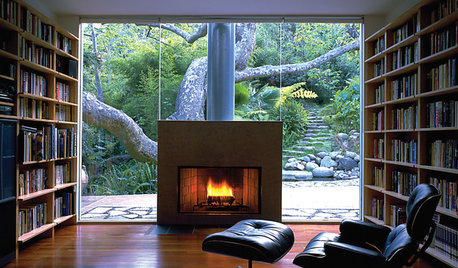
Easy Green: 6 Must-Answer Questions Before You Buy
Thinking about buying ecofriendly furniture? For a truly environmentally conscious home, ask yourself these questions first
Full Story
LIGHTINGWhat to Consider Before You Buy Vintage Lighting
Crystal-laden antique lamps and other vintage lighting fixtures may call to your heart, but read this before you plunk down any cash
Full Story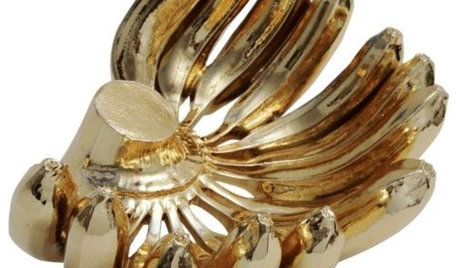
DECORATING GUIDESDecorate With Intention: To Buy or Not to Buy
Before you make your next home-decor purchase, ask yourself these 10 questions
Full Story





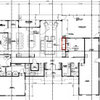
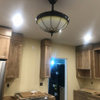
klaa2
peaches12345Original Author
Related Professionals
Algonquin Home Automation & Home Media · Birmingham Home Automation & Home Media · Chattanooga Home Automation & Home Media · Farmington Home Automation & Home Media · Kansas City Home Automation & Home Media · Los Angeles Home Automation & Home Media · Norwalk Home Automation & Home Media · Pittsburgh Home Automation & Home Media · Westminster Home Automation & Home Media · Framingham Center Electricians · Grafton Electricians · North Versailles Electricians · Millbury Handyman · Romeoville Lighting · Saint Petersburg Lightingjerry_nj
peaches12345Original Author
klaa2
peaches12345Original Author
klaa2
dadoes
klaa2
dadoes
peaches12345Original Author
klaa2
peaches12345Original Author
klaa2
peaches12345Original Author
klaa2
robnj_2006